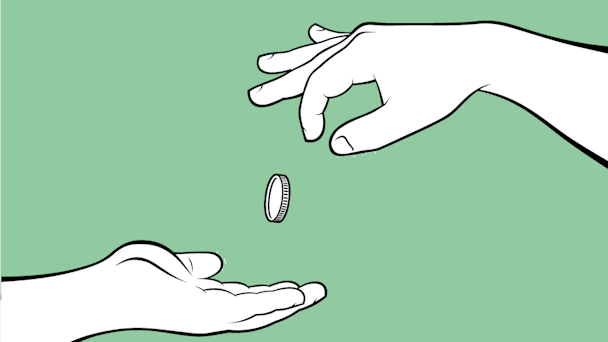Charities cannot afford to forget about their existing donors
In the charity industry, the process of acquisition is expensive. The balance of spend is disproportionately skewed towards securing new donors, supporters and believers, seizing their attention and delivering their details to CRM systems. Whether it's ‘£2 a month’ or ‘remembered in your will’, charities are adapting their strategies to ensure the much needed cash trickles into their coffers.

Don't forget about your existing donors when acquiring new supporters
The Charity Commission of England and Wales is charged with protecting charities from abuse or mismanagement, in addition to encouraging greater transparency and accountability from charities. It’s good to know that there is a body checking all is well. Trust and transparency are often touted as being two sides of the same coin. In fact, you only need transparency when trust has been eroded or betrayed at an organisational or industry level.
Our feeling, for some time, is that a lot of effort is being spent on projecting the correct image at the ‘shop front’, but with not much being done after that. We are creating these recognisable brands with enticing and memorable campaigns to bring people in, but not effectively using our relationship to reinforce why someone already gives their time or money. The donor or volunteer is triaged at the level they arrive at. We are getting people in the front door and not actively considering their sustained and onward journey.
We believe the relationship with any organisation should move from being a casual interaction to a slow-burning affair. There is an opportunity to grow the relationship over time, yet you need to do the hard work by understanding more about the customer’s reason for getting involved. Attrition is forgotten about and dismissed. The answer – let’s go and get some more people! But that is not wise or sustainable.
Consider this: you are a donor, you give £10 a month owing to a personal affinity with the charity – a sizeable sum – and you receive the same content from the charity as someone who gives £2 a month. At £2 a month you receive the same monthly above-the-line communications in the knowledge you are not contributing much more than paying for your own printing and post. Would it be prudent to communicate using a different channel in a more casual way? How do we know the level that someone would like to engage before they switch off or cancel?
Further still, a charity also needs to think about the people who are its advocates. In a digital world we can mute any message that no longer resonates with us. We can unfollow, unsubscribe, remove it from our line of sight or, worse still, simply stop seeing that it’s there. This can be down to the charity itself or the tone of the conversation it is generating.
Here are some points for consideration
- Ask what you are doing well and then go a little deeper to seek why it is working. Do you have a thorough understanding of your audience, not just a KPI that is marked as being in the green zone?
- Think about the level you communicate with different donors/volunteers, and the call to action you desire. Are you looking to maintain an existing message or promote a new one? How receptive is that person to that message?
- Are you poised to work with your new clean database following GDPR? What tactics can you use to get to know your audience better and be more targeted?
- Look wider than the charity sector. Initiatives like open banking will mean that permission can be granted to access bank accounts. It might soon be possible to outsource your compassion to an app or service that will work out what you are able to give and send it to charities that are in keeping with your particular ethical model. Charities may not have a one-to-one relationship with their supporters or know anything about them.
- If donors decide to stop giving, what does off-boarding feel like as an experience? Is it awkward or are they thanked for their time and contribution to date?
David Jolly is strategist at Else London.
This article was originally published in the charity issue of The Drum Network magazine series. You can purchase your copy here.
Content by The Drum Network member:

Else London
ELSE is an Experience Design Consultancy helping businesses create transformative product and service opportunities.
We work with business leaders on innovation...

